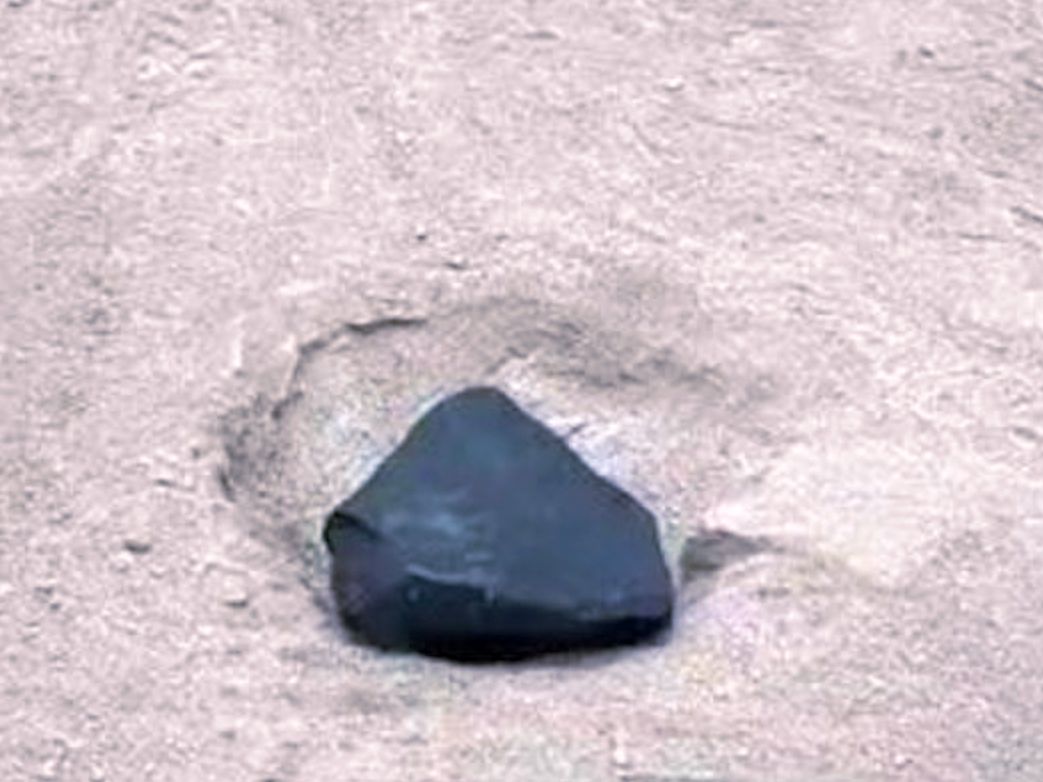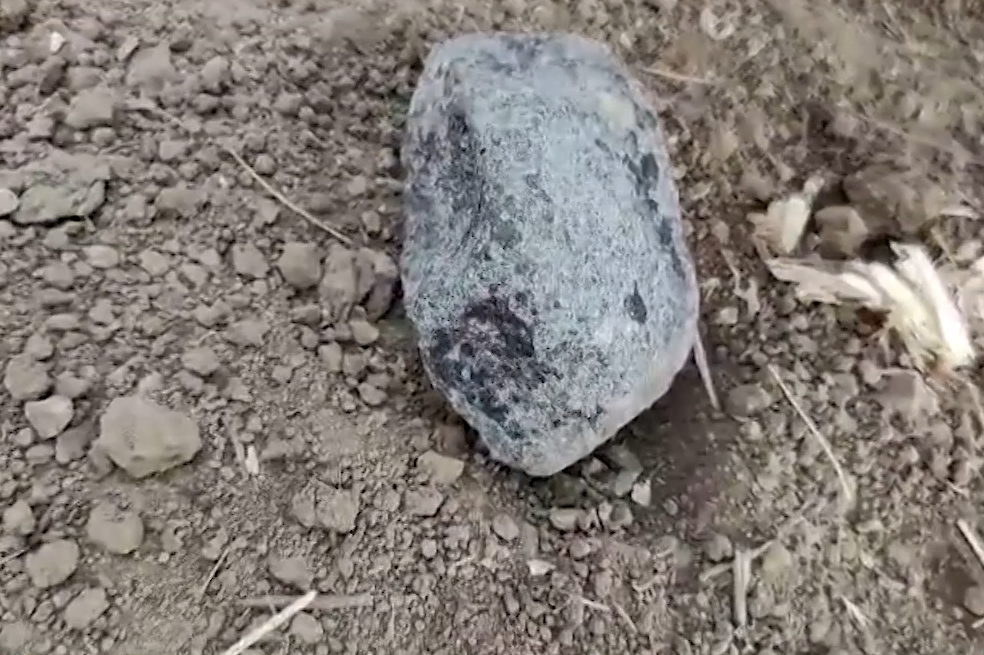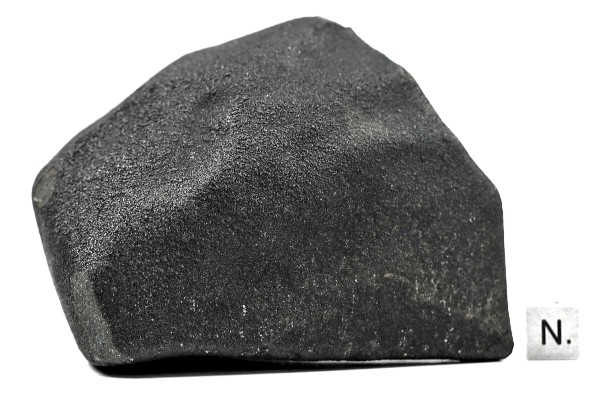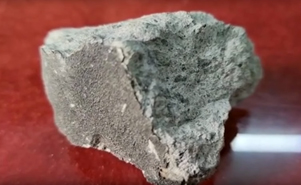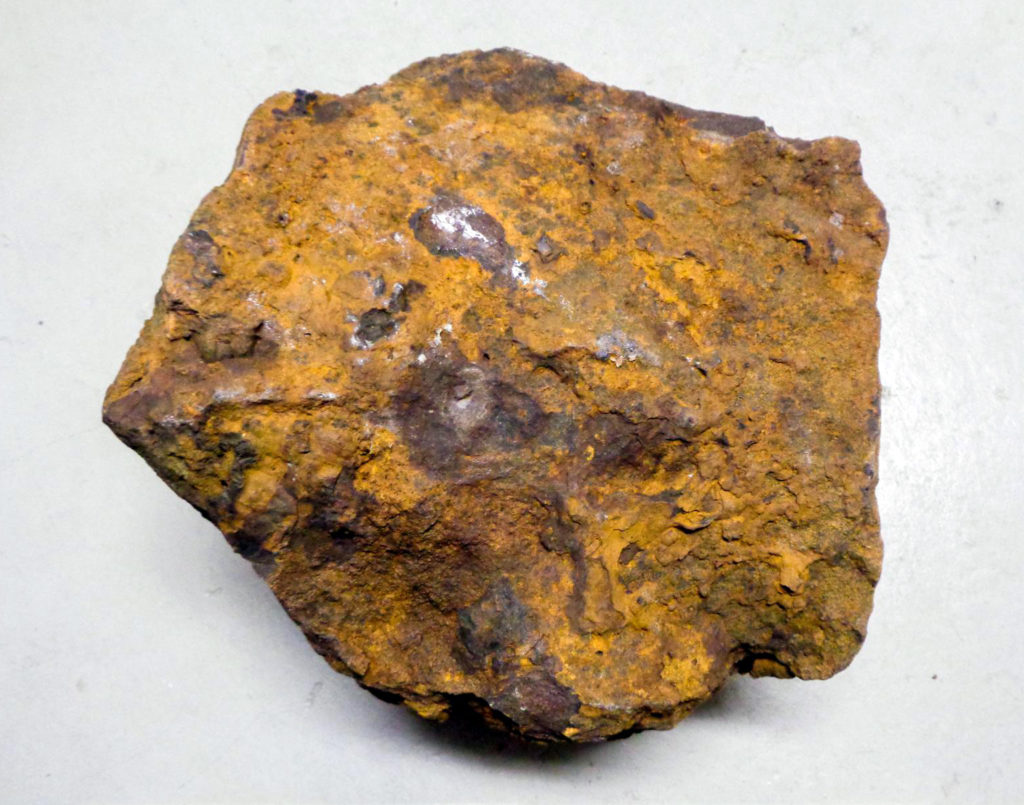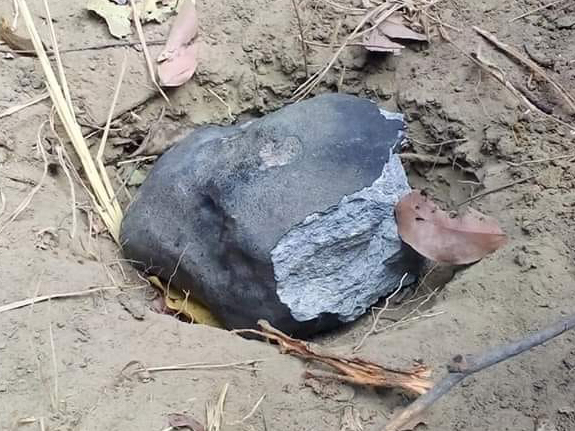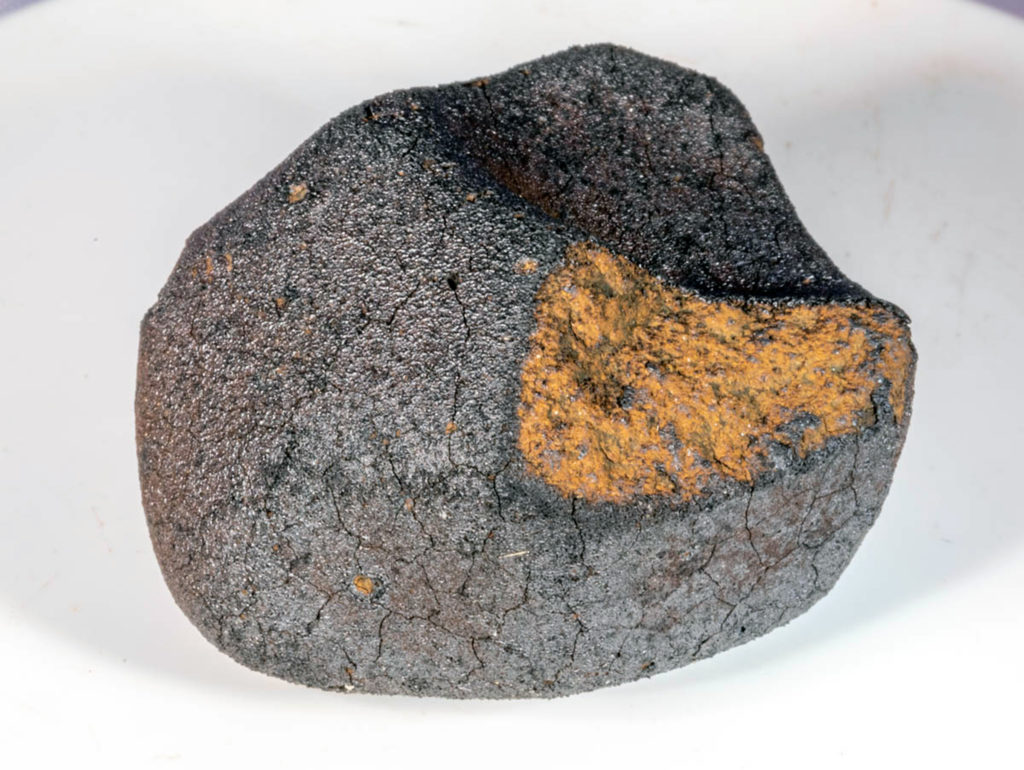Co-evolution of organics and water in experimentally shocked Murchison and EET 90628 chondrites
E. Quirico, H. Yabuta, P. Beck, L. Bonal, L.R. Nittler, C.M.O’D. Alexander
Geochimica et Cosmochimica Acta, In Press, Journal Pre-proof, Available online 1 June 2025
“A significant population of primitive carbonaceous chondrites experienced short-duration heating, which is usually attributed to either impact or solar heating. Shock recovery experiments performed on carbonaceous chondrites have successfully reproduce the typical evolution in the petrographies and mineralogical compositions of natural samples. However, only few studies focused on the chemical and structural transformations of insoluble organic matter (IOM). We report here on shock recovery experiments conducted on two chondrites: Murchison (CM2) and Elephant Moraine EET 90628 (L3.0). Experiments on Murchison show carbonization and oxidation of IOM at all shock intensities (5–50 GPa) and a pronounced structural evolution at 40 GPa associated with complete dehydroxylation of serpentines, as well as formation of olivine and amorphous silicates. The δD value of Murchison IOM (initial δD = 1636 ± 529 ‰) evolves significantly, with the rapid disappearance of isotopic hot spots and a bulk δD of −79‰ at 40 GPa. At 40 GPa, the extent of dehydroxylation of serpentines is consistent with stage III heated chondrites, but the structural characteristics of the IOM resembles material from stage II meteorites, i.e. a slight modification of the IOM in a matrix dominated by serpentines.
These experiments only partially reproduce the characteristics of natural samples, and they show that the IOM evolution in short-duration heated C2 chondrites is essentially controlled by the post-shock cooling episode, which lasts from hours to years, compared to < ∼1 µs for the shock peak pressure. The high pressure conditions in the shock do not catalyze the carbonization process and the maturation of IOM. In contrast, the IOM evolution in heated C2 chondrites is better simulated by conventional heating experiments under controlled redox conditions over durations of hours. Shock recovery experiments, however, could be interesting to assess the effect of hypervelocity impacts by small impactors on the surface of airless bodies. Experiments performed on EET 90628 show a structural evolution consistent with natural objects. In particular, the co-evolution of the width and ratio of the peak intensities of the D-band (FWHM-D and ID/IG, respectively) in the Raman spectra of the IOM from the shocked samples is consistent with those measured on type 3 ordinary and carbonaceous chondrites. An interesting finding is that the G-band width and position parameters (FWHM-G and ωG) do not correlate with the shock intensity, just as these parameters do not correlate with the intensity of thermal metamorphism in the case of type 3 chondrites. This lack of correlation is not observed on Earth in the case of coals and kerogens that experienced a progressive thermal history.”

